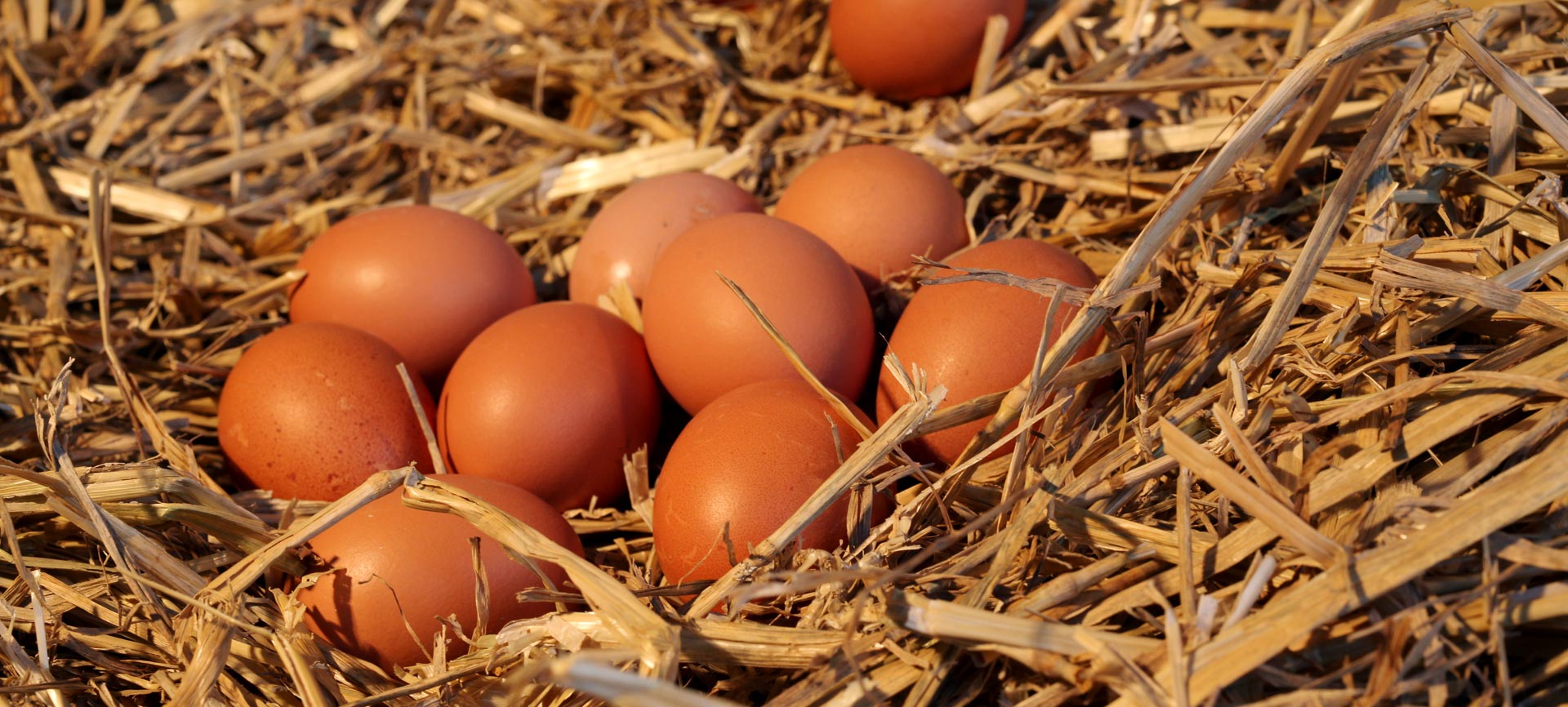Non invasive measurement through the eggshell is not possible.
Classification of the component elements (egg yolk, egg white and a mixture of both) is possible once the egg has been cracked open.
Neither determination of origin in respect of Tyrolean poultry farmers nor differentiation between the Tyrol and Germany (Hesse) is possible
In order to determine the geographic origin of eggs, isotopic relationships of carbon (δ13C), nitrogen (δ15N) and sulphur (δ34S) were analysed. For this, 26 samples of eggs were collected from different areas of north Italy (Bolzano, Venice, Udine, Treviso and Caorle). Also, feed used during chicken breeding was collected and analysed insofar as it may influence the isotopic values of the eggs (ex. use of corn). Isotope analyses were conducted on the two main fractions of the egg (egg white and egg yolk) yielding a total number of 52 fractions.
The isotopic data of carbon (δ13C), nitrogen (δ15N) and sulphur (δ34S) shows a moderate correlation among egg samples and feed utilised during chicken breeding. Analysis of data obtained demonstrates a partial bias in the samples. However, this outcome may be considered preliminary insofar as various factors, such as the age of the chicken, breed, etc. may have an impact on the final isotopic values of the eggs.



